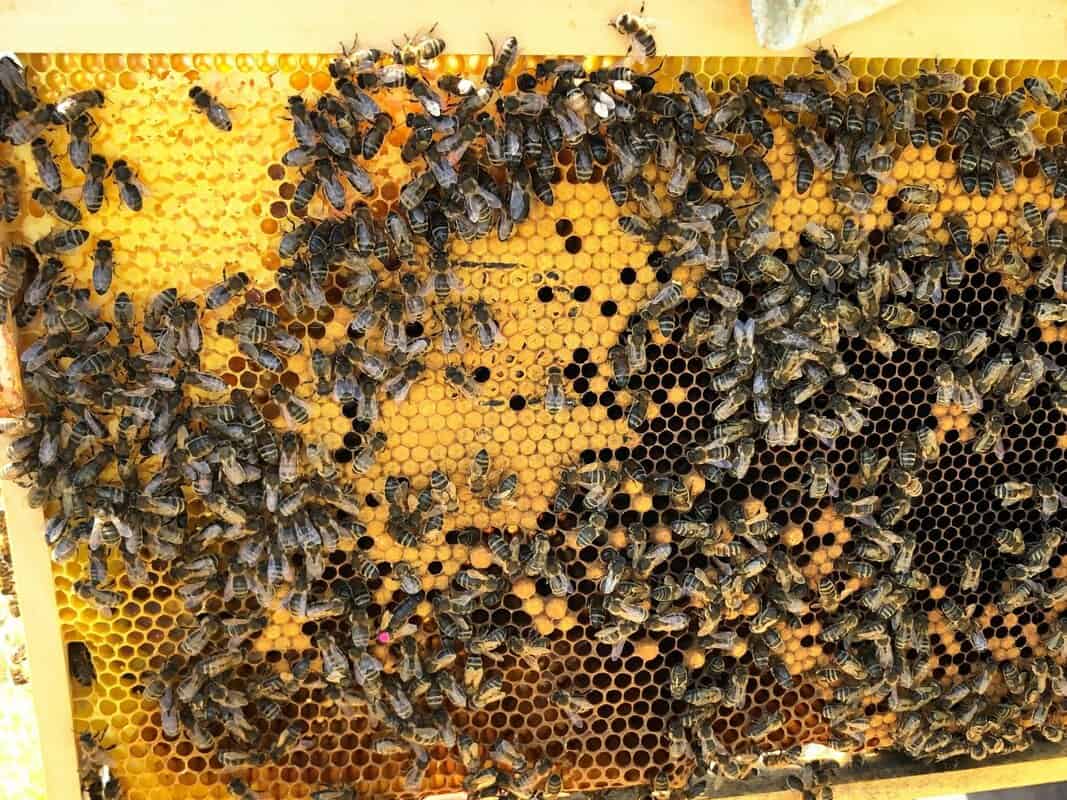Discover the unique and mysterious world of dark beekeeping! Using “Dark Bees” to help populate the planet’s pollinators is becoming increasingly popular. This guide will help you unlock the secret of dark bees, and provide useful tips on how to begin beekeeping with this intriguing breed. From their history and characteristics to their needs and benefits, learn all you need to know about dark bees and how to get started in dark beekeeping.
History of Dark Bees

The black honey bee (Apis mellifera mellifera) is a subspecies of the Western honey bee, native to Europe. It has long been known as one of the oldest and most mysterious bee subspecies, with its origins and behavior still largely unknown.
Origin of European Dark Bees
The European dark bee, Apis mellifera mellifera, is said to have originated in northern Europe, particularly in Germany and the Netherlands. It is believed to have been brought to North America by settlers in the 1600s and has since spread across the continent.
The dark bee is a hardy species, resistant to some of the more common bee diseases and pests. Its dark color and thick fur also make it well-suited to colder climates. It is an excellent honey producer and its honey is said to have a unique flavor.
The dark bee is also known for its gentle nature and is favored by many beekeepers for its docile behavior. It is not as aggressive as many other bee species, making it easier to manage.
Characteristics of Dark Bees
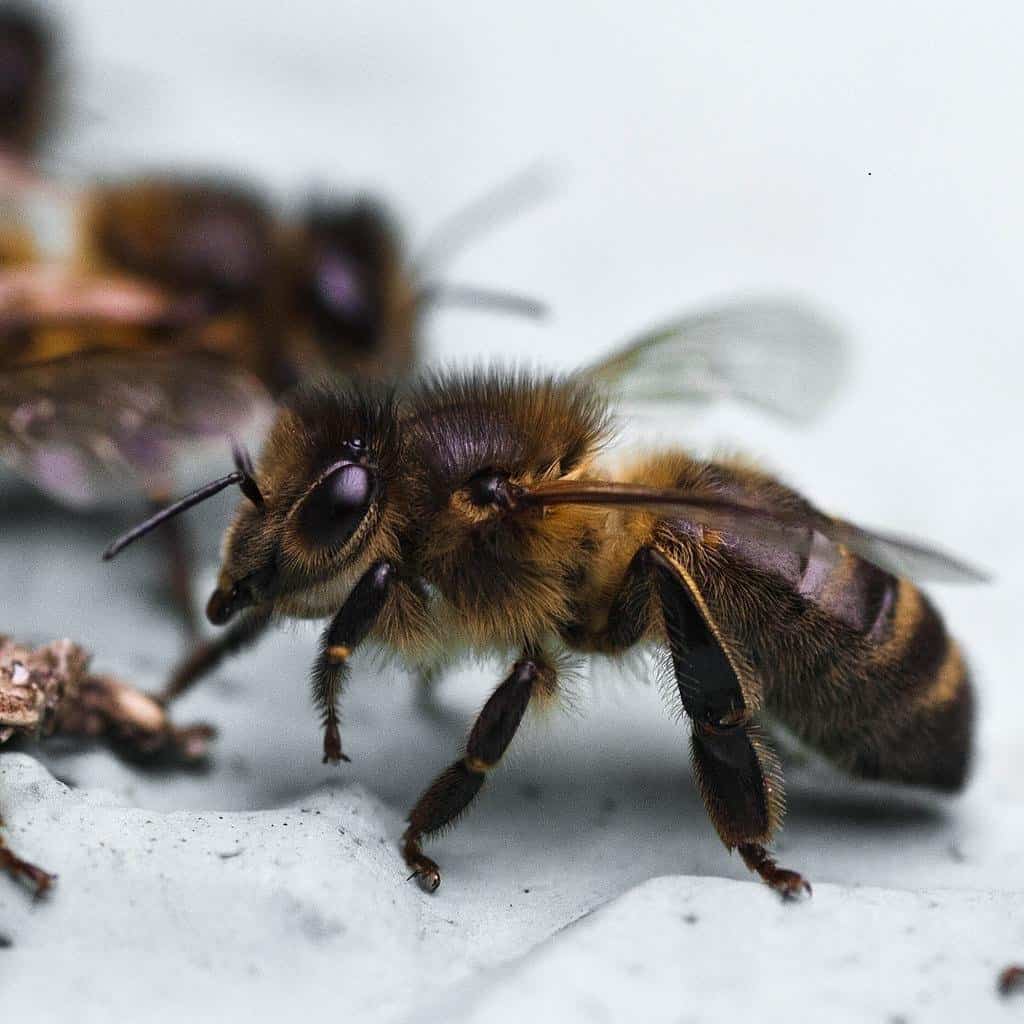
Physical Characteristics
Dark bees, also known as all black honey bees, are characterized by their size and color. They are typically smaller than other bee varieties, with a body length of about 8-12mm. Unlike other bee species, their entire body is black, with no yellow stripes or other markings. They also possess short antennae, which are a deep brown color.
Behavioural Characteristics
Dark bees are also known for their gentle nature. They are far less likely to become aggressive when disturbed and will not sting unless provoked. This makes them ideal for beekeeping, as they can be handled with more ease than other bee species. Additionally, they are great pollinators, especially in areas where other bee species are scarce.
Beekeeping with Dark Bees
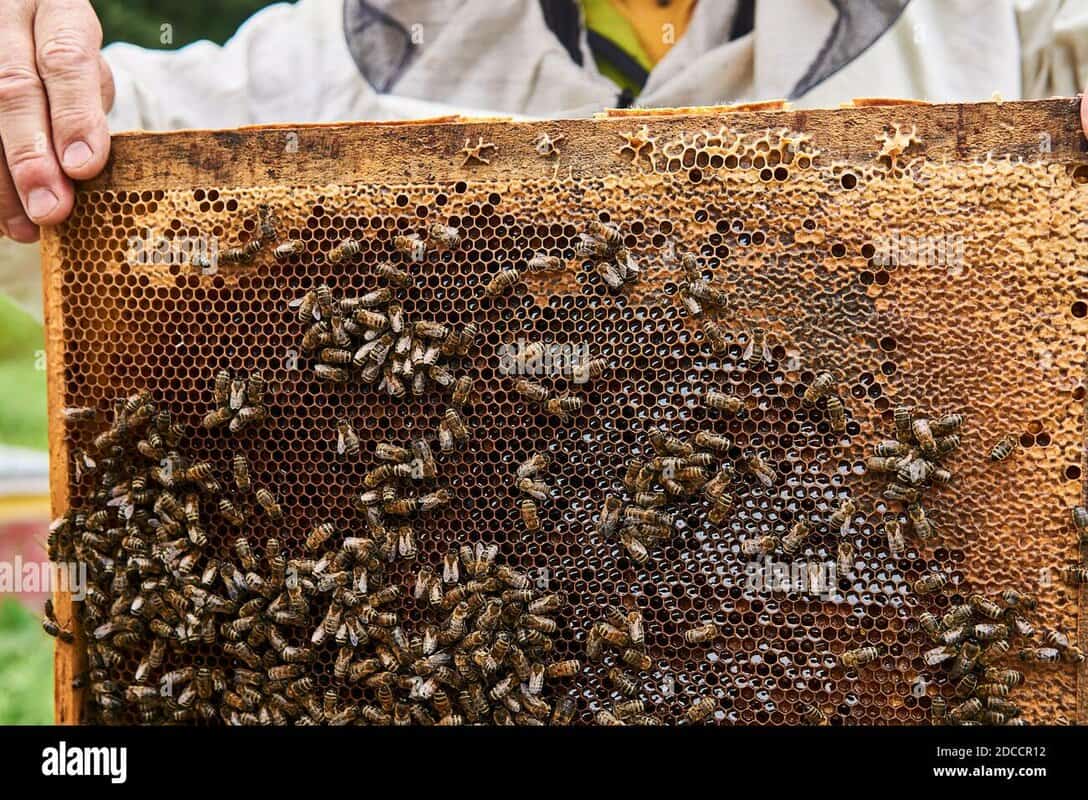
Requirements for Keeping Dark Bees
Keeping dark bees requires special attention, as any beekeeper should know. The black honeybee is a species of bee that is native to some parts of the world. These bees are more difficult to keep than other types of bees, so beekeepers must be sure to provide them with the right environment and conditions. A beekeeper should have a good knowledge of beekeeping, and be aware of the specific needs of the particular species of bee they are keeping.
Steps for Incorporating Dark Bees into an Apiary
Beekeepers should start by locating a black honeybee colony. This may be done by searching online or contacting local beekeepers. Once a colony is located, the beekeeper should ensure that the colony is healthy and thriving. They should also make sure that the bees have enough food, water, and space to live in. The beekeeper should then introduce the colony to their apiary and monitor the colony’s development.
Beekeepers should also make sure to provide the dark bees with the necessary equipment and supplies. This includes protective clothing and tools, as well as hive boxes and frames for the bees to build their nest. Beekeepers should also be aware of the importance of inspecting their hives regularly and maintaining a healthy environment for their bees.
Challenges of Keeping Dark Bees
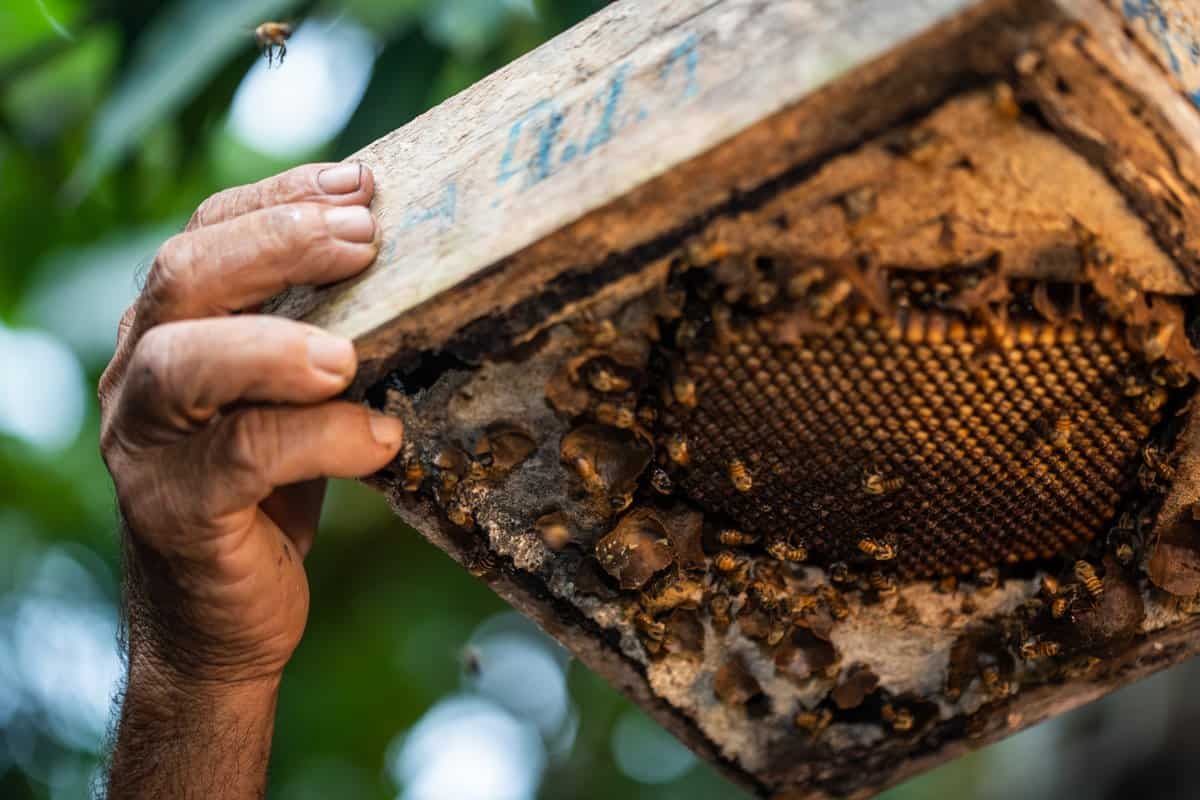
Dark bees are known for their mysterious nature and highly challenging beekeeping. They are difficult to keep healthy and productive due to their sensitivity to environmental conditions and their reluctance to adapt to change.
Temperature: Dark bees are extremely sensitive to temperature, and can become stressed or die if the temperature is too hot or too cold. They prefer temperatures between 12-25°C and require regular ventilation to maintain a comfortable temperature.
Pest Control: Dark bees are more susceptible to pests such as wax moths and varroa mites than other bee breeds. Regular monitoring is required to keep these pests at bay, as well as regular treatments with organic or chemical pesticides.
Honey Production: Dark bees are not as productive as other breeds when it comes to honey production. They produce less honey than other breeds and require more care and attention.
Habitat: Dark bees prefer to live in dark, enclosed spaces and are difficult to keep in an open-air beekeeping set-up. They also require more protection from predators and are difficult to transport.
Lifespan: Dark bees have a shorter lifespan than other bee breeds and require more frequent inspections to ensure they are healthy and productive.
Queen Rearing: Dark bees are difficult to breed and their queen rearing process is more complex than other bee breeds. They require more attention and resources to successfully rear queens.
Solutions for Common Problems with Dark Bees
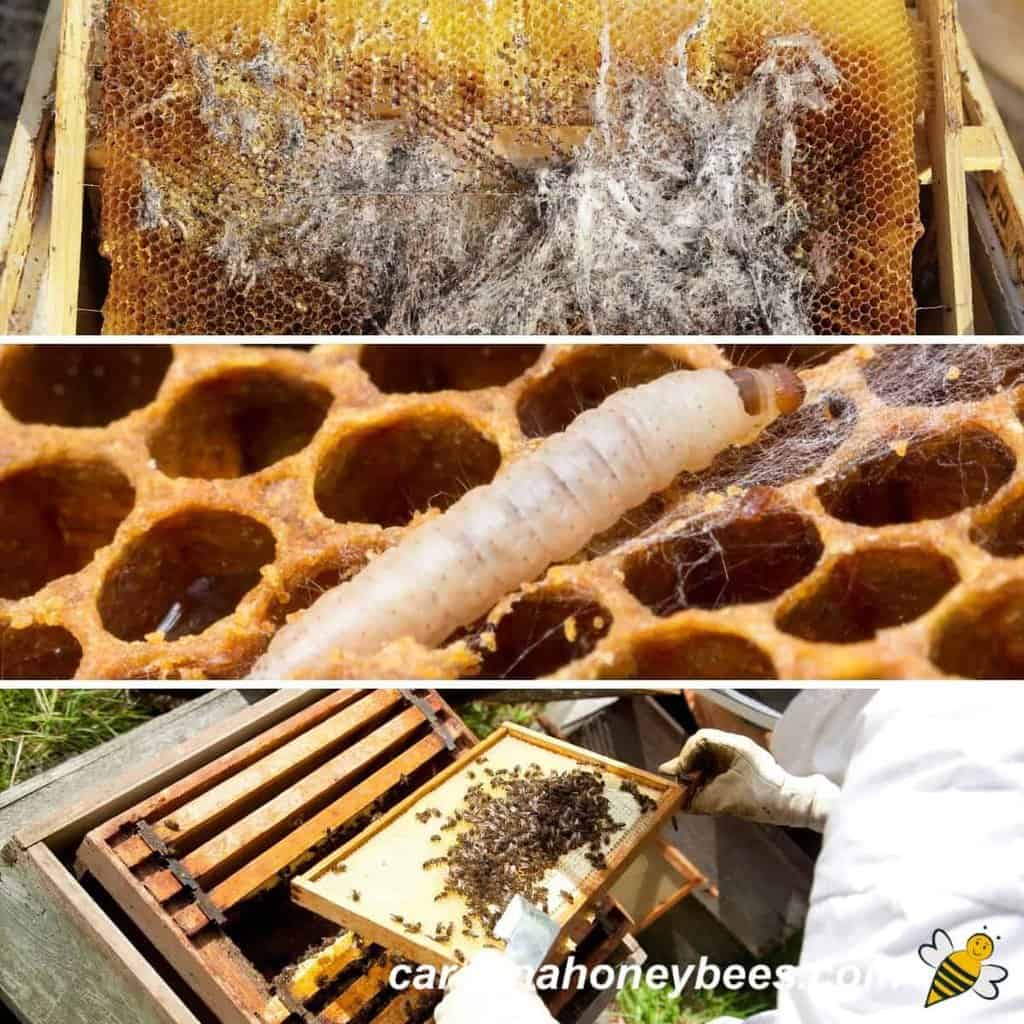
- Varroa Mites: European Dark Bees have an innate resistance to Varroa mites, and can control the population naturally. As such, chemical treatments are generally not necessary.
- Pollination: European Dark Bees are excellent pollinators and can be used to pollinate a variety of flowers, fruits, and vegetables.
- Honey Production: European Dark Bees produce a intensely flavored and dark colored honey.
- Hive Strength: European Dark Bees are known for their ability to form strong, healthy hives without the help of artificial feeders.
- Winter Survival: European Dark Bees are highly resilient and can survive cold climates without the need for supplemental heating.
Harvesting Dark Honey
The harvesting of dark honey can be a tricky process, since this mysterious breed of bee is native to varying climates and regions. As such, the exact timing of harvesting will depend on the specific climate and region where the bees are located. In general, dark honey can be harvested when the bees have filled the combs with honey and capped the cells with wax.
Tools Needed for Harvesting Dark Honey
Harvesting dark honey requires a few specific pieces of beekeeping equipment. This includes:
- Bee smoker
- Beekeeping veil and gloves
- Hive tool
- Honey extractor
- Honey strainer
Steps for Harvesting Dark Honey
- Smoke the hive to calm the dark honey bees. This will help to make the harvesting process less stressful for both the bees and the beekeeper.
- Remove the frames of honeycomb from the hive. Make sure to be gentle when removing the frames and take care not to crush the bees.
- Place the honeycomb frames in the extractor. This is a machine that spins the frames and uses centrifugal force to extract the honey from the comb.
- Pour the extracted honey into a strainer. This will filter out any wax, pollen, bee parts, and other impurities before bottling the honey.
- Bottle and label the honey. Dark honey has a distinct flavor and color, so it is important to label it accurately.
Harvesting dark honey can be a rewarding experience for beekeepers. With the right equipment and knowledge, beekeepers can successfully harvest and enjoy this unique and delicious variety of honey.
Frequently Asked Questions
What are the Benefits of Keeping Dark Bees?
- Adaptability: Dark bees are highly adaptable and show tolerance to environmental stresses, such as lower temperatures and higher humidity.
- Variety: Dark bees come in a variety of colors, from black to a deep brown. This allows beekeepers to choose the color of their bees that best fits the landscape and climate.
- Hygienic Behaviour: Dark bees display hygienic behaviour, which is an important trait for a successful bee colony. They have an increased ability to detect and remove diseased larvae from their hives, ensuring the overall health and longevity of the colony.
- Forage Ability: Dark bees are able to forage on a wide range of flowers and plants, including some species that other bees may not be able to or interested in. This provides a greater variety of food sources for the colony, resulting in healthier and more productive bees.
- Gentleness: Dark bees are known to be a docile and gentle breed, making them ideal for beekeeping. They are less likely to sting and are more tolerant of human activity.
What challenges are associated with beekeeping with dark bees?
- 1. Short Lifespan: Dark bees have a shorter lifespan than other varieties, which means they will need to be replaced more frequently.
2. Poor Productivity: The productivity of dark bees is lower than other breeds, so they may not produce as much honey or other products as other types of bees.
3. High Maintenance: Dark bees require more attention and care than other bees, which can be a challenge for some beekeepers.
4. Lack of Genetic Diversity: Dark bees are a relatively new breed, and their genetic diversity is still low, which can lead to health and productivity issues.
5. Difficulty in Transporting: Dark bees are more sensitive to environmental conditions than other bees, making them difficult to transport.
6. Cost: Dark bees are more expensive than other breeds, which can be a challenge for those on a budget.
How do I start a hive of dark bees?
To begin beekeeping with dark bees, start by purchasing a starter kit that includes all the necessary equipment. You will need a beekeeping suit, smoker, hive tool, feeder, and a hive box with frames and foundation. The frames will need to be assembled and placed into the hive box. Once the hive is set up, you can purchase a package of dark bees from a beekeeper or a bee supply store. When the package of bees arrives, you can carefully transfer the bees into the hive.
To keep your bees healthy and productive, regularly inspect the hive and feed your bees a sugar syrup solution to give them the energy they need to survive. Additionally, provide them with water and pollen sources to ensure they have access to all the nutrients they need.
How do I keep my dark bees healthy?
Dark bees have some specific needs and requirements that must be met in order to keep them healthy and thriving. Here are some key tips to follow:
- Provide ample forage: Dark bees need a variety of forage sources, including a variety of flowers, trees, and shrubs. Planting a diverse range of plants in your bee yard will provide the bees with the nutrition they need to stay healthy.
- Monitor pests and diseases: Regularly inspect your dark bee hive for signs of pests or diseases. If you notice anything unusual, consult a beekeeper or entomologist to diagnose and treat the problem.
- Control humidity: Dark bees are more sensitive to humidity than other bee species. To ensure the health of your dark bee colony, maintain a relative humidity of about 50% in the hive.
- Provide winter protection: Dark bees are particularly vulnerable to cold and windy conditions. Provide your hive with adequate insulation and protection from the elements during the winter months.
- Monitor water sources: Make sure there is a steady source of water available for the bees. If necessary, add water sources, such as birdbaths or other shallow water containers, to your bee yard.
By following these steps, you can ensure that your dark bees stay healthy and thrive.
What is the Best Habitat for Dark Bees?
Dark bees thrive in areas where temperatures remain fairly consistent throughout the year. Ideal habitats for dark bees include woodlands, meadows, and agricultural land, as well as areas with plenty of flowering plants providing a steady source of nectar and pollen. They also require a shelter from wind and rain, such as a hollow tree, a bee house, or a hive. Dark bees can survive in colder climates but need extra insulation and protection during the winter months.
Conclusion
Dark bees are a unique and fascinating breed of bee with many benefits for beekeepers. With the right knowledge and equipment, they can be successfully kept and provide a rewarding and enjoyable beekeeping experience. The key to successful dark beekeeping is to understand the needs and characteristics of the dark bee, and to provide the right environment and management. With the right care and attention, dark bees can be a rewarding addition to any beekeeping venture.
